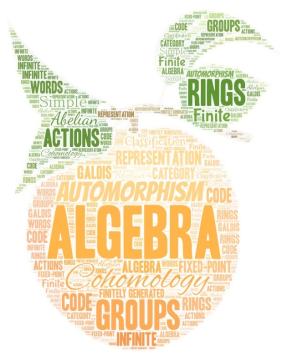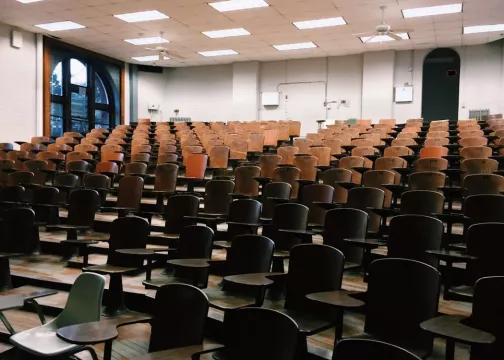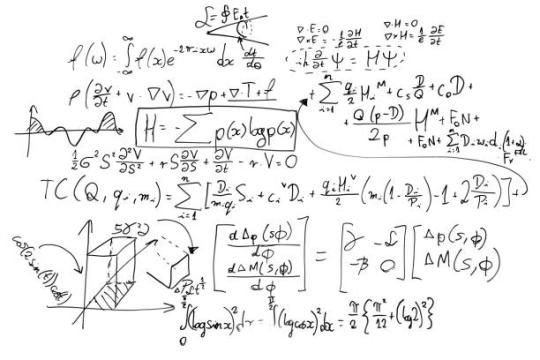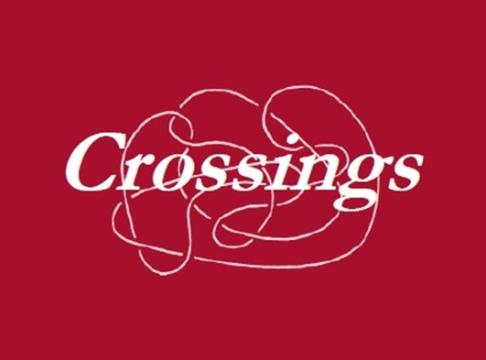Department of Mathematics and Applications
Please Don't Delete: Alessandra Caraceni
Insalate di Matematica: Lorenzo Fassina
Geometry Seminars: Stefano Borghini and Giulio Bresciani
Insalata di Matematica: Federica Iacovissi
Seminars
Insalate di Matematica

Cycle of seminars organised by the PhD of the Department of Mathematics and Applications for master’s students, PhD students, young researchers and mathematicians from different backgrounds.
The project was born in 2015 with the aim of promoting interactions between young mathematicians from inside and outside the Department and providing students an idea of how the academic world works. The meetings take place at the Department with the possibility to participate online as well.
For updates on upcoming meetings, visit the Department's Events section and the Insalate di Matematica website for more information on the seminar series. You can also candidate yourself as a volunteer for a talk by contacting the organisers at the following e-mail address: insalate.matematica@unimib.it
Follow Insalate di Matematica also on Instagram @insalate_di_matematica24
Al@Bicocca

Series of seminars organised by the Algebra group of the Department of Mathematics and Applications, also aimed at master’s students and PhD students, with national and international speakers.
The project aims to share research topics in algebra, including combinatorics, permutation groups, representation theory, number theory, Lie algebras, geometric group theory and cryptography. The meetings take place at the Department with the possibility to participate online as well.
For updates on upcoming meetings, visit the Department's Events section and the Algebra in Bicocca website for more information on the seminar series. You can contact the organisers at the following e-mail address: albicocca@unimib.it
Geometry Seminars

Series of double seminars organised by the Geometry group of the Department of Mathematics and Applications, with mathematicians from Italian and foreign universities as speakers.
The project aims to provide an accessible introduction to various research topics in the field of geometry. The seminars aim to present recent advances and fundamental concepts in an accessible and informative way also for those who may not be specialists in the specific subject area.
For updates on upcoming meetings, visit the Department's Events section and the Geometry Seminars website for more information on the seminar series. You can contact the organisers at the following e-mail address: seminari.geometria@unimib.it
(PMS)^2 Seminars

A cycle of seminars in Probability and Statistics co-organised by the Universities of Milano-Bicocca, Pavia and Milano-Politecnico with speakers mathematicians from Italian and foreign universities as speakers.
The aim of the project is to work with current research topics in probability and mathematical statistics (and similar areas), to encourage discussion of recent mathematical results obtained in these fields, and to promote collaboration with seminar guests. Meetings that take place at our Department are in presence with the possibility to participate online as well.
For updates on upcoming events, visit the Department's Events section and the (PMS)^2 website for more information on the seminar series. You can contact the local organisers at the following e-mail address: maurizia.rossi@unimib.it
Crossings

A series of double seminars organised by Professors and Researchers of the Department of Mathematics and Applications with some of the leading figures of international mathematics as speakers.
The initiative aims to encourage scientific collaborations, promote interaction between young students and advanced research, and disseminate the latest and most innovative ideas. The meetings take place at the University of Milano-Bicocca.
For updates on upcoming meetings, visit the Events section and the dedicated page on the Department's website for slides and videos of past meetings and more information on the seminar series.
Please Don't Delete
A cycle of meetings organised in collaboration with the University Library as part of the Third Mission, with renowned international mathematicians as speakers.
The aim of the initiative is to tell of moments in the history of mathematics and aspects of its method, highlighting the cultural, aesthetic, creative, playful and educational value of hypothetical-deductive thinking and the topicality of the landscapes it is able to draw. The meetings take place at the University of Milano-Bicocca.
For updates on upcoming meetings, visit the Events section and the dedicated page on the Department's website for slides and videos of past meetings and more information on the seminar series.